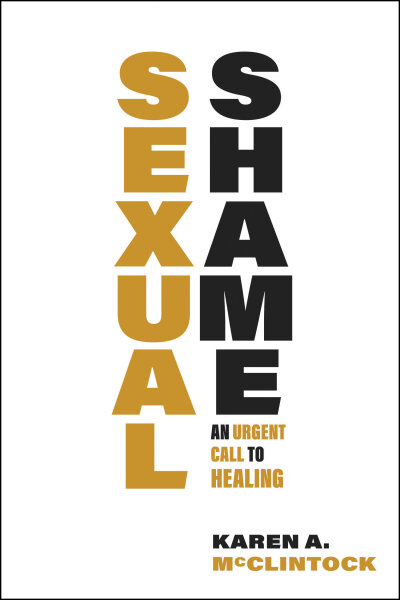Excerpts
From Chapter 1: Living on the Fault Line
The process of healing sexual shame follows the outline of the therapeutic process for individuals and families. The first stage is the assessment of the problem. What is creating the discomfort? What has been tried to address the problem? The second stage is the diagnosis, in which an attempt is made to name the problem as this and not that. By making a diagnosis, a therapist uses her or his best judgment to say what the problem is and to begin to point toward its alleviation. The third stage is the treatment plan. What needs to take place for the person or organization to be restored? What thoughts and behaviors must shift? What beliefs must change and how will they begin to do so? What resistance is likely to emerge? The person trying to treat the individual, family, or organization looks at the whole picture and suggests a way to address the problem by enlisting them in a process of change.
Step One: The Assessment. The first chapters of this book present examples of sexual shame at work in the lives of individual Christians and their congregations. We begin now to look at the sexual-shame problems in our own congregations. What are the problems? How long have they been going on? What is the extent of the damage that has been created? Do the problems belong only to this generation, or have they been handed down from one generation to another? What has been tried in the past to deal with the problems, and how has that worked?
Readers are encouraged to hold out hope during this stage of the process, despite the pain that inevitably results from the telling and hearing of the true stories of hurt and shame. Just as in family therapy, the first stages of a client's growth happen when denial and minimization are reduced, when persons can go more deeply into the layers of defense that cover their interior feelings. When congregations peel off the outer cloak of everything being "just fine" and look at the wounds they carry, it will be painful.
Step Two: The Diagnosis. The second part of the book describes how shame works in individuals, families, and congregations. It will inform the reader about the psychology of shame in general and how to identify it in congregations. The way shame is different from guilt will be described, although the two have admittedly become "strange bedfellows" over the years.
Some of this book deals with new theory in the area of organizational psychology, and this section will walk the reader through the theory in some detail. This section follows the process a family counselor might use to help a family understand what happens in the family system when someone begins to ask for or demand change.
Step Three: The Treatment Plan. My strong conviction is that spirituality and sexuality must be integrated. This integration provides the starting place for change in the entire system of congregational life and biblical and theological teaching. The third step in the book takes the reader through the process of healing. What are the actions that laity and clergy can take to heal themselves? What are the biblical stories that can be told to proclaim grace? How can congregations articulate norms and values without using shame to reinforce them? How can congregations define and communicate the sexual norms and values that they hold? A look at the role of the congregation in healing is included in the last chapters of the book.
From the Preface
Sexual shame erodes individual self-esteem, relational health, and congregational life. The parents of gay sons feel shame. People who don't live up to their own ideals as perfect lovers feel shame. Christians who live in committed partnerships without the contract of marriage feel shame about "living in sin" in the eyes of the church. Congregations that restrict conversation about sexuality or repress it with taboos and stigmatization remain shame-bound.
Within each community and congregation there are members who have been living in deep shame. Shame may be reinforced through preaching and teaching about immorality and sin. Shame may be underneath an individual's hesitance to become active in a congregation. Shame may be the reason someone sneaks into the back row and sneaks out to the parking lot hoping not to be noticed.
This book is offered as a resource for congregational discussion and for the personal liberation of those who have experienced shame in their families or in the church. I write it believing that we are all created in God's image, male and female, and that we were intended from the time of creation to live without shame. When God created the first man and the first woman, they were created in God's perfect image. They were also "both naked, and [they] were not ashamed" (Gen. 2:25).
Some of the stories you will find in this text may produce discomfort. The experience of shame is deep and can become overwhelming. I encourage you to talk with someone about reading this book and to invite dialogue with others in a church study or meeting. If you experience repressed memories or painful feelings as you read these stories, you are encouraged to call your local church or mental health help-line and seek support.
